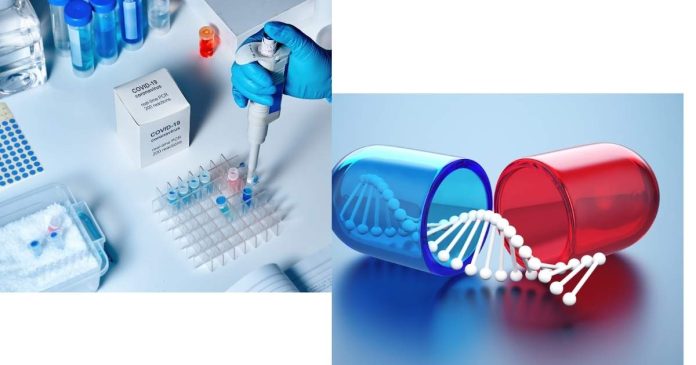In medical terminology, word parts are the building blocks that help convey specific meanings about various aspects of health, anatomy, and disease. One such word part is “py-” (or “pyo-“), a prefix commonly found in medical terms. Understanding this prefix can provide insights into a wide range of medical conditions and treatments. So, what exactly does “py-” represent in medical terminology? Let’s explore its meaning and common usage.
Meaning of “Py-” in Medical Terminology
The prefix “py-” or “pyo-” comes from the Greek word pur, meaning “pus.” In medical language, this prefix typically refers to conditions involving the presence of pus or infection. Pus is a thick fluid produced as a response to infection, typically consisting of dead white blood cells, bacteria, and tissue debris. As such, terms with the prefix “py-” are often used to describe infections, abscesses, or conditions in which pus is present.
Common Medical Terms Using “Py-“
Several important medical terms use the “py-” prefix to indicate conditions involving infection or the presence of pus. Here are some examples:
- Pyrexia
- Pyrexia refers to a medical term for fever. The presence of fever often indicates that the body is fighting an infection, which may involve pus-forming bacteria.
- Pus
- While not a direct use of “py-” in its prefix, the term pus itself is derived from the Greek pur. It refers to the thick, often yellowish fluid that accumulates at the site of infection.
- Pyogenic
- Pyogenic means “pus-producing” or “pus-forming.” It is commonly used to describe bacteria or infections that cause the formation of pus. For example, pyogenic bacteria are those that lead to abscesses or infections characterized by the accumulation of pus.
- Pyelonephritis
- Pyelonephritis refers to a kidney infection, often caused by bacteria that may lead to pus formation in the urinary tract and kidneys. The term combines “py-” (pus) with “-nephritis” (inflammation of the kidney).
- Pyoderma
- Pyoderma refers to a skin infection that produces pus. It is a general term used for conditions where the skin becomes infected with bacteria, leading to the formation of pustules or abscesses.
- Pyothorax
- Pyothorax is an infection in the chest cavity where pus accumulates in the pleural space, often due to a bacterial infection. It can be a serious condition requiring immediate medical attention.
- Pyocele
- Pyocele refers to a sac or cavity filled with pus. This term is often used to describe certain types of abscesses or fluid-filled cavities that develop due to infection.
Clinical Significance of “Py-” Terms
The use of “py-” in medical terminology indicates that the condition is related to infection, often bacterial, that causes inflammation and the formation of pus. This can include anything from a mild skin infection to more serious conditions like pneumonia, kidney infections, or abscesses that require medical intervention.
- Diagnosis and Treatment: Understanding terms with the “py-” prefix can aid healthcare professionals in diagnosing and treating infections. For instance, a patient with pyelonephritis may require antibiotics or other treatments to address the bacterial infection and reduce the inflammation in the kidneys.
- Severity: Conditions involving pus are often more severe than those without, indicating the presence of infection and the body’s immune response. In some cases, the pus may need to be drained surgically or treated with antibiotics to prevent complications.



